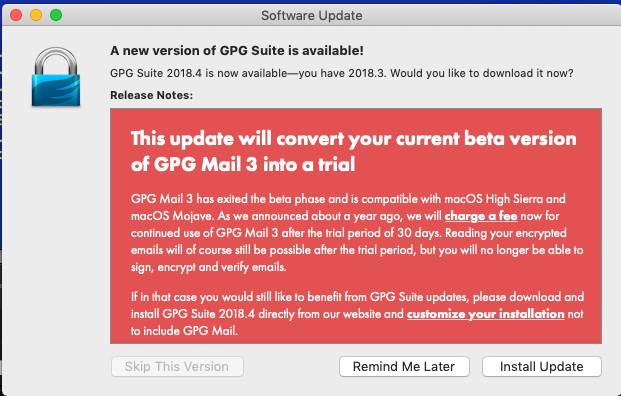Google has announced several security changes. However, it’s evident that those changes are for its security, not the security of its users:
According to Google’s Jonathan Skelker, the first of these protections that Google has rolled out today comes into effect even before users start typing their username and password.
In the coming future, Skelker says that Google won’t allow users to sign into accounts if they disabled JavaScript in their browser.
The reason is that Google uses JavaScript to run risk assessment checks on the users accessing the login page, and if JavaScript is disabled, this allows crooks to pass through those checks undetected.
Conveniently JavaScript is also used to run a great deal of Google’s tracking software.
Disabling JavaScript is a great way to improve your browser’s security. Most browser-based malware and a lot of surveillance capabilities rely on JavaScript. With that said, disabling JavaScript entirely also makes much of the web unusable because web developers love to use JavaScript for everything, even loading text. But many sites will provide at least a hobbled experience if you choose to disable JavaScript.
Mind you, I understand why Google would want to improve its security and why it would require JavaScript if it believed that doing so would improve its overall security. But it’s important to note what is meant by improving security here and what potential consequences it has for users.
